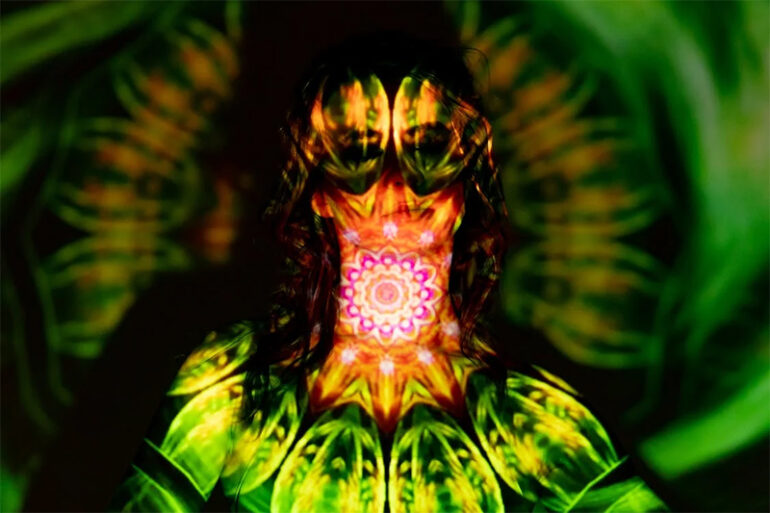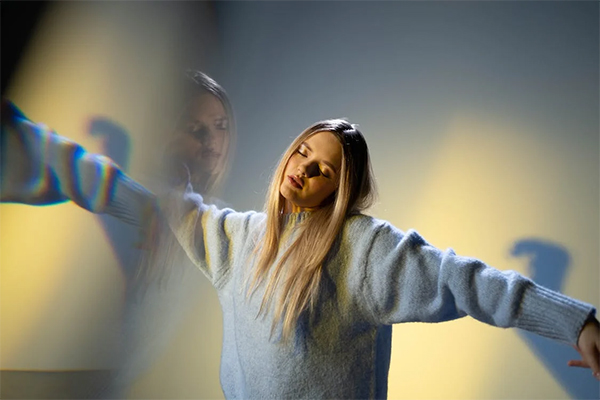During the 1960s hippie era, vivid colors, intricate patterns, and themes that affect perception came to be associated with psychotropic art. Visionary artists like Mati Klarwein and Alex Grey were inspired by their encounters with hallucinations to paint what they saw and felt. They went beyond what was possible and what people could come up with. New musicians are drawn to psychedelic methods. They produce captivating digital experiences by combining cutting-edge and conventional technologies. The movement’s comeback guarantees that the positive impacts of psychedelic art will endure.
Exploring the Origins: Uncovering the Roots of Psychedelic Art
The history of psychedelic art dates back to the hippie era of the 1960s. LSD changed people’s perspectives, especially those of artists. to convey the kaleidoscope quality of these erratic awareness experiences. Visionary artists like Mati Klarwein and Alex Grey created paintings that defied convention by combining unusual topics, elaborate patterns, and vivid hues. The psychological and spiritual concerns of the day were represented in their artworks. They had a profound impact on the art world and encouraged a new generation of artists to follow their dreams and their talents.
Evolution and Influence: Examining the Impact of Psychedelic Art on Contemporary Culture
Psychedelic art affected a wide range of sectors beyond the 1960s hippy era. It has inspired fashion, music, and digital media. This kind of art has inspired fashion, from album covers with brilliant, psychedelic themes to bright colors and patterns. Digital technology has also enabled artists to explore with psychedelic styles, resulting in captivating digital art and strong visual experiences. How psychedelic art has grown in the modern world demonstrates how effective it is in engaging and inspiring people.
Contemporary Artists: Embracing Psychedelic Aesthetics in the Digital Age
A new group of artists has come up in modern art who are interested in trippy styles and are pushing the limits of creation in the digital age. With the help of technology, these artists make fascinating and engaging experiences that take people to otherworldly places. Digital tools and software are used to change colors, shapes, and patterns in ways that bring back the same sense of wonder and transcendence that was present in trippy art in the past. By combining old-fashioned art methods with cutting-edge technology, these artists keep expanding the possibilities of psychedelic art, which keeps people interested and gives this lively and always-changing art movement new life.
The Resurgence of Psychedelic Art: Reviving the Movement in the Modern Era
As new artists renew and update psychedelic art, it is gaining popularity again. The artists in this group combine contemporary techniques with vintage influence to give their work a new air. They are bringing psychedelic art to a larger audience via shows, galleries, and internet forums, stirring discussion. These artists are using the vibrant colors, intricate patterns, and mind-altering images that sparked the movement to keep psychedelic art alive and inspiring others for many years.
Psychedelic art has impacted and inspired generations of artists, including new ones. Psychedelic art intrigues and stimulates, dating back to its hippie roots in the 1960s and continuing to this day. Artists have broadened human perception and inventiveness by using vibrant colors, intricate patterns, and mind-altering images. This was accomplished using both traditional and contemporary methods. Although this art movement is growing, it demonstrates how art can take us to unexpected places and spark new thoughts.
Photo Attribution:
1st & featured image by https://www.pexels.com/photo/colorful-projection-on-woman-6931861/
2nd image by https://www.pexels.com/photo/woman-in-gray-knitted-sweater-6491232/

